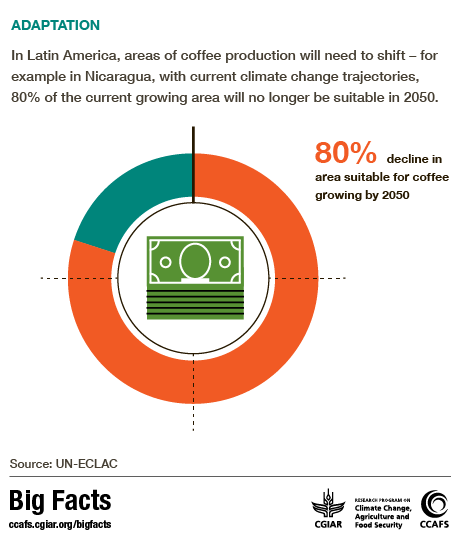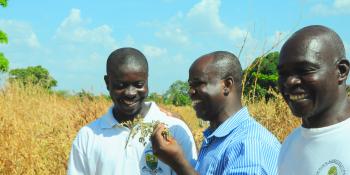A look at how a changing climate will hit South and Central America
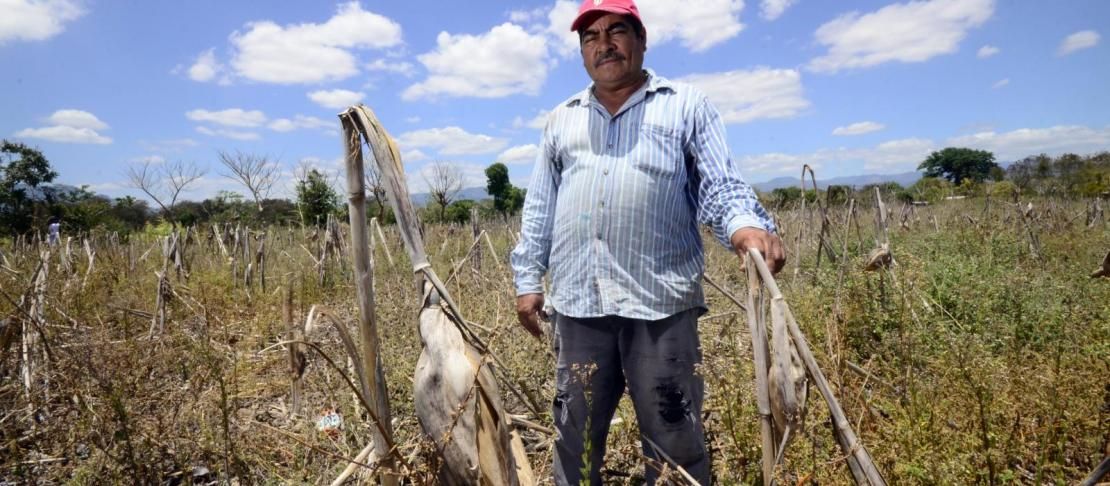
New study looks at how temperatures and precipitation have been changing in Latin America, and projects changes in the years to come.
A changing climate is not something new to South and Central America. Both regions are already battling a weather-war against recurring hurricanes, horrid flash foods and landslides, linked to violent and changing rainfall patterns. Days have become noticeably warmer and the region has been losing its number of cool nights. On top of that, unusual low rainfall means Central America now has to prepare for a drought-linked food crisis.
While some areas in the region have been deemed highly vulnerable to climate 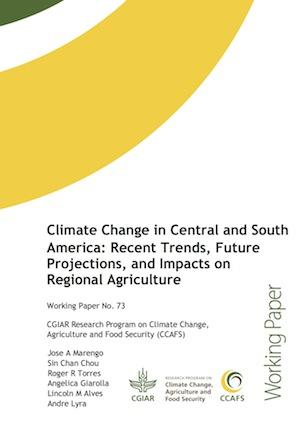 change, such as the Andean agro-ecosystem, considered one of the most vulnerable systems in the world, we still don't know the consequential climate impacts- especially those related to food production.
change, such as the Andean agro-ecosystem, considered one of the most vulnerable systems in the world, we still don't know the consequential climate impacts- especially those related to food production.
A new and extensive study seeks to contribute by offering a better understanding of how climate change will hit the region.
The study, entitled Climate Change in Central and South America: Recent Trends, Future Projections, and Impacts on Regional Agriculture (PDF), pulls together, and analyses, observed climate trends from the past 60 years, while modeling future climate projections up to year 2100. It takes a close look at how the region's most commonly grown crops will be affected by rising temperatures and unpredictable rainfall. Another major part of the paper is the evaluation of different climate models.
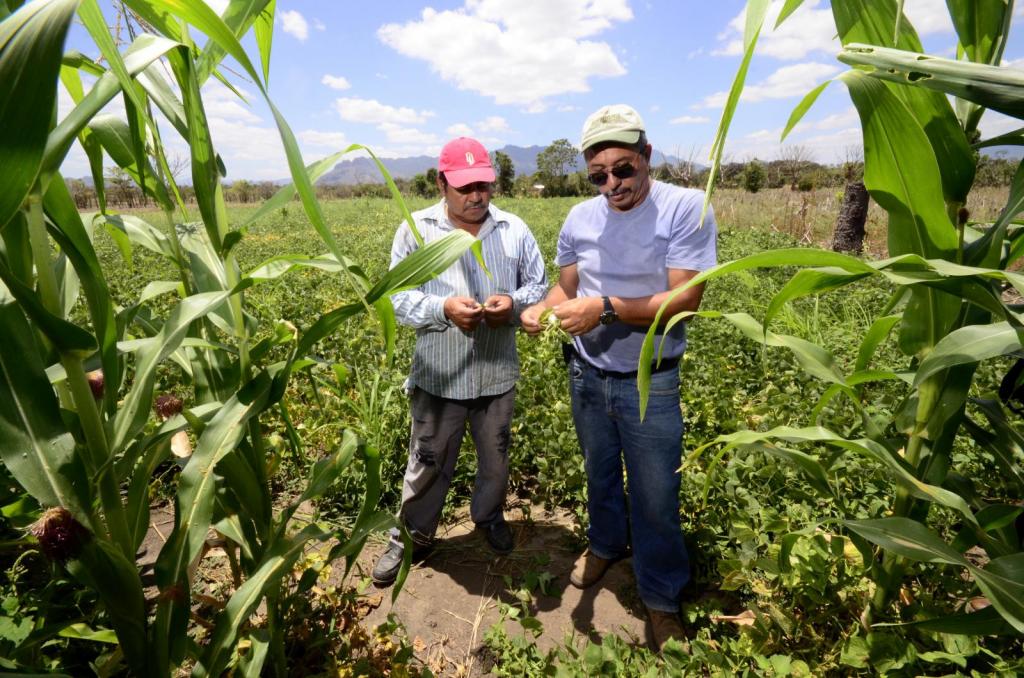
South and central america are both facing a hotter, drier and, in some areas, wetter future, all of which will negatively impact food production. Photo: n. Palmer (CIAT)
Lack of data and climate figures still pose problems for researchers
One major concern, which seems to be a global epidemic, is the lack of current climate data and figures for South and Central America. Although the authors refer to this knowledge gap in their work, the results presented need to be cautiously interpreted. There are also fewer climate studies and publications made on Central America compared to South America.
To make matters even more complicated the influences and interactions, which control the climate of this particular region, are complex. This makes it difficult for climate models to simulate the observed climate.
To adjust for this lack of data the team complemented available figures with data from the IPCC AR5 report published earlier this year to ensure a better degree of credibility.
Highlights from the new paper
Observed climate trends:
- Observations reveal a general warming trend in Central America. The occurrence of extreme warm maximum and minimum temperatures has increased, while extremely cold temperature events have decreased.
- Precipitation indices in Central America indicate that although no significant increases in the total amount are found, rainfall events are intensifying and the contribution of wet and very wet days are growing.
- In South America results indicate significant increasing trends in the percentage of warm nights and decreasing trends in the percentage of cold nights.
- There seems to be an observed trend toward wetter conditions in the southwest of South America, and drier conditions in the northeast. This could be explained by changes in El Niño Southern Oscillation (ENSO). Learn more: Can we blame El Niño?
Climate change future projections:
- Central America, southern and eastern Amazonia and the coast of Northern South America, will most likely experience reduced rainfall (annually), while for the equatorial Pacific region as well as over the northern cost of Peru and Ecuador rainfall increases are projected
- For Central America, the rainfall reduction may be related to a decrease in the number of hurricanes in the future, but the uncertainties of such scenario are high.
- Droughts will most likely intensify in some seasons and areas due to reduced precipitation and/or increased evapotranspiration in Amazonia and Northeast Brazil (medium confidence).
- Annual air temperature changes in 2010-40 show increases of 2°C in southern Amazonia a small warming of 1°C in all Central and South America. By 2041-70 the warming in southern Amazonia reaches 3-4°C and 2°C in the rest of the region.
It is likely that heat waves over most of South America will increase in length, frequency and/or intensity (medium confidence)
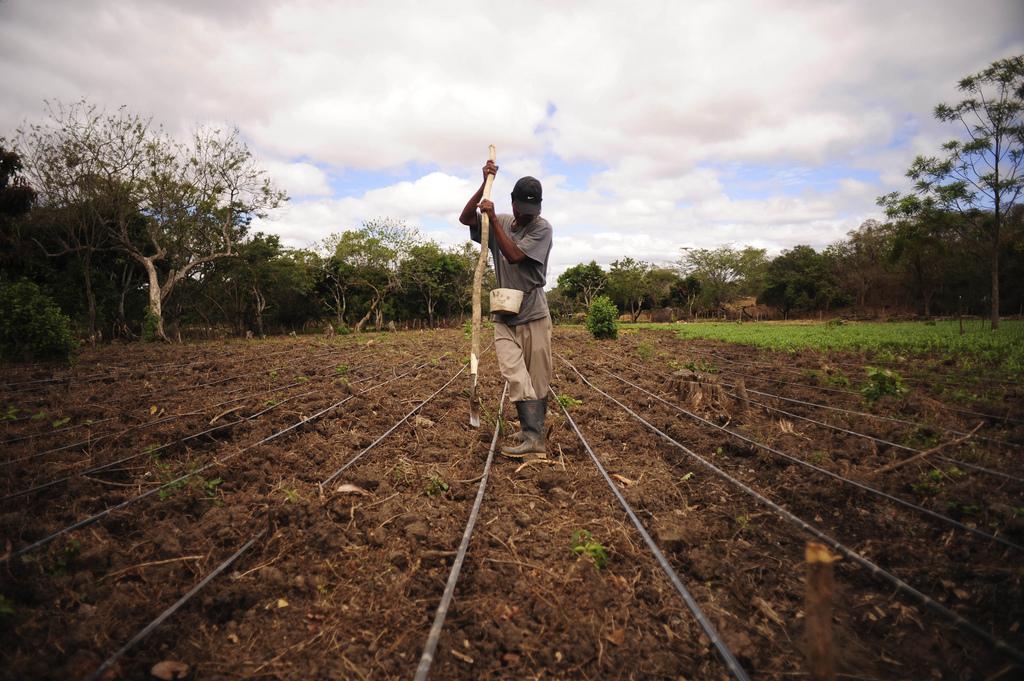
Climate change will have a number of impacts of the region's most commonly grown crops. Photo: n. palmer
Climate impacts on agriculture and food security
The way climate change will affect agricultural productivity is through higher temperatures, which accelerate the cycle and, consequently, affect the productivity - especially the phenological stages of flowering and ripening. To note is that changes in agricultural productivity will exhibit large spatial variability in the region.
- In south-eastern South America, where climate change projections indicate more rainfall, average food productivity could be sustained or increased until the mid-century.
- In Central America, northeast of Brazil and parts of the Andean region, increases in temperature and decreases in rainfall could reduce productivity in the short-term, threatening the food security of the poorest population.
- Brazilian potato production could be restricted to a few months in currently warm areas, which today allow potato production all year. For Northeast Brazil, declining crop yields in subsistence crops such as beans, corn and cassava are projected.
- In the future, warming conditions combined with more variable rainfall are expected to reduce maize, bean and rice productivity in Central America. Rice and wheat yields could decrease up to 10% by 2030.
- In central Chile, temperature increases, reduction in chilling hours and water shortages may reduce productivity of winter crops, fruits, vines and radiata pine.
- The highest warming foreseen for 2100 (5.8 °C, under SRES A2 scenario) could make the coffee crop unfeasible in Minas Gerais and São Paulo in southeastern Brazil. Thus, the coffee crop may have to be transferred to southern regions where temperatures are lower and the frost risk can be reduced.
CCAFS Big Facts on coffee production in Latin America (facts not from the Working Paper)
Considering that South America will be a key food producing region in the future, one of the challenges is going to be increasing food and bioenergy quality and production while maintaining environmental sustainability under climate change. Some adaptation measures, including crop-, risk-, and water use management along with genetic improvement, are therefore urgently needed.
The paper is part of the CGIAR Research Program on Climate Change, Agriculture and Food Security (CCAFS) Working Paper series. The research study was led by José Marengo, Senior Scientist at the Earth System Science Center and co-author to a number of IPCC climate change reports, together with researchers Sin Chan Chou, Roger Torres, Angelica Giarolla, Lincoln Alves, and Andre Lyra.
Download the study: Marengo JA, Chou SC, Torres RR, Giarolla A, Alves LM, Lyra A. 2014. Climate change in Central and South America: Recent trends, future projections, and impacts on regional agriculture. CCAFS Working Paper no. 73.
Story written by Cecilia Schubert, CCAFS Communications Officer with theme Data & Tools and Linking Knowledge with Action.

